Tips and Tools for Teaching Beginning Braille Skills
Submitted by Cheryl Brown on Nov 14, 2016
These tips and tools are designed to address skills for the young beginning braille reader who is ready to start braille instruction and who has received preschool instruction on concept development. For experienced TVIs, this will be a review of ideas and activities you may already be familiar with. Many of these ideas and activities you may already be familiar with. Many of these ideas are simple, or things you already do. All the ideas and activities listed below are not necessarily my own ideas. They have been gathered over the years from other TVIs, books, and resources. I have simply pulled them together for your reference. Thanks to all those who shared their ideas with me.
Topics
Using the Right Touch
Help students to use the right pressure on braille by:
- Running fingers over a banana
- Running fingers across their arm so that they can feel the right touch
- Skimming fingers across the top of a thin layer of sand without feeling the tray underneath
- Skimming fingers across a layer of sandpaper covered with flour without feeling the sandpaper
Learning Braille Letters
-
Sort letter cards
- For example: 5 d's and 5 y's into 2 baskets
- Put name cards in order -- first/last
- Use dice and board games for letter recognition
- Copy cat: Give the student a card with braille, have them braille a matching card,and learn to paper clip them together
- Make Garages out of painted boxes (lunch size milk carton) and put a letter on the box. Put a letter on a toy car and drive the matching cards into the right garage.
- Make a cut out of a tree on a wall poster. Velcro leaves onto the tree. Have the student remove leaves and read read. This can be seasonal and modified for the skills being taught.
- Letter ladder: Put braille cards on each rung of the ladder and have the student "climb up the ladder." Put raised stars at top every time they make it up correctly.
- Create braille cell on the floor (6 dots from Twister game, add texture) and move around the cell to learn cell dots.
-
Use commercial products to help:

-
Marking letters with high dots
- Check your work using APH Sound Pages
-
Create games and fun activities:
- Find letters in a mini-mailbox
- APH Swing Cell
- Egg carton with plastic eggs
-
Letter Activities
- Hide braille letters under Guess Who Characters
- Spin and identify
- Practice with the Language Master
-
Beginning words
- Monster days of the week eater - Pencil holder with popsicle sticks
- Days of the week Lego roller and graphing with push pins and APH individual calendar
- Monster Word Eater
- Word or Contraction Concentration
- Plan letter parties: Use rectangular crackers with cream cheese, apple butter, or frosting for a cell. Use raisins or M&Ms to make braille dots into the shape of letters.
- Decorate a reading box to help eliminate the chance of looking.
- Use small blockers: Reading glasses covered with black tape allows the student with usable vision to see but reminds them not to look down.
Creating Beginning Books (Experience Stories)
- Tactile ABC Book
- "Alex can..." & "Alex can go..." books
- You can ____
- I like ____
- I do not like ____
- I will not ____
- Dictated stories by student
- Books of lists: My favorite things, My favorite foods...
- Brown Bear, Brown Bear, Who Do You See? using classmate names (e.g., "I see Jordan eating with me.")
- "Who sank the boat?" -- Modify with names of friends and family
- Color books
- Number books
- Notebooks for creating stories
Reinforcing Games
-
 Games to play with peers
Games to play with peers
- Homemade and adapted games
- Use commercial game boards to create braille practice.
-
Rope Race:
- Put cards along a rope. Time how long it takes to read the rope cards.
-
Graph It:
- Use large graph paper and put a letter in each box. The teacher gives directions (go down 2 and over 3). The student reads a letter. If the student is correct, they add a push pin/high dot. When complete, the push pins create a shape.
-
Fish Fry:
- Cut out cards in the shape of a fish and add braille. Put them in a frying pan and use a spatula to flip out a fish. Read the card and put it back in the water (use a bowl).
-
Go Fish:
- Use a wooden dowel with a magnet on the end. Place braille cards with a paper clip in a bowl. Fish for the cards and read them.
-
Seasonal Word Containers:
- Create special cards (e.g., boo, gobble gobble) depending on the season
- Create letter and word cards (--- d ---, ddddddddddd, Mr. Nobody/names)
- Put letter and word cards in a container along with a few special cards.
- Draw cards and read them, keeping all the word read correctly.
- When drawing special cards, pass all earned cards to an opponent.
- The winner has the most cards at the end.
-
Contests:
- Practice reading alternating the left hand and right hand.
- Take turns with the student.
- Beat the clock.
Matching Games:
-
Cinderella's Closet:
- Cut out shapes of shoes, frogs, apples, stars. Match the braille on the cards to make pairs.
-
Using everyday toys to create learning fun
- Building and counting, blocks, reading numbers on dice
- Bingo and popcorn holders
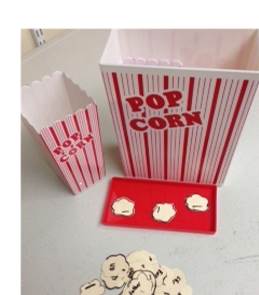
-
Capital Cone:
- Cut out cone shapes and ice cream shaped tops. Put lower case letters on cones and capital letters on circles. Match the tops to the bottoms.
-
Velcro Concentration:
- Use Velcro to hold cards in place. Begin with just a few pairs.
-
Bingo Game:
- Use sticky notes to cover called letters. Use graph paper.
-
Speed Race:
- Place braille on a Velcro board or card. Have the student look for a particular letter. Detach the letters and earn points for each correct find.
-
Who's At Home Game:
- Make a house and put in names. Include Mr. Nobody (full cells). Gradually add the student's name, Mom, Dad, siblings, friends, teacher, etc. Leave a different person out of each time.
- Brailled UNO Game
- Lazy Susan spinner
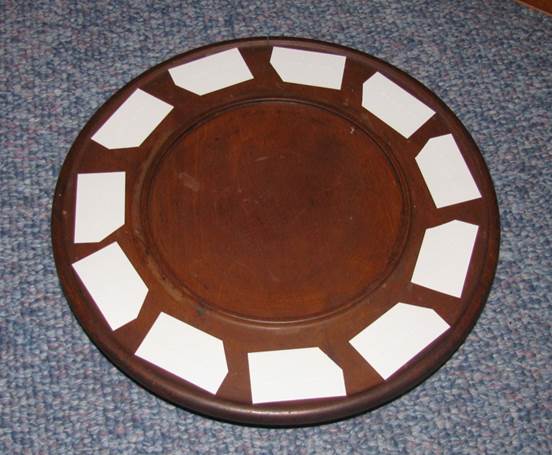
-
Matching and sorting activities: Bins can be used for all sorts of activities. Create books with pockets for letter/word cards to find new words.
- Pocket fun: Using hanging jewelry bags for matching cards.
- Matching with 100 board: Create your own patterns
-
Clothes Pin Clip:
- Matching words on paper to words on clips
-
Star Contractions Dominos:
- Braille all of the contractions on to tiles and create a tin of all known contractions as they are learned.
Lesson Plans
Songs
-
Letter Songs
-
BRAILLE SONG to the tune of the Farmer in the Dell. The student can chose the words for each of the letters to make it her own.
-
A Dot 1 stands for an A
-
Dot 1 stands for an A
A stands for Apple Juice
A and Apple Juice
- B Dots 1 and 2 are B
Dots 1 and 2 are B
Betty buys beautiful bunnies
But Bill buys ugly bugs
- C Dots 1 and 4 make C
Dots 1 and 4 make C
Can you catch the cute cat
Cuddling on my coat
- D Dots 1 4 5 make D
Dots 1 4 5 make D
Dragons do not live with dad
Do dragons live with you?
- E Make E with 1 and 5
Make E with 1 and 5
Every elephant we get
Enjoys giving elephant rides
- F Dots 1 4 5 are F
Dots 1 4 5 are F
Get fancy, frilly frocks
From fancy famous stores.
- G 1 2 4 5 are G
1 2 4 5 are G
Go get grandmama
Then go get grandpapa
- Dots 2 4 5 are H
Dots 2 4 5 are H
Do you have a heavy hat
Then hand your hat right here
- I Dots 2 and 4 are I
Dots 2 and 4 are I
I like chocolate ice cream,
Icicles and igloos
- J dots 2 4 5 make J
Dots 2 4 5 make J
Jane just got so much jewelry
She joined a jewelry club
- K Dots 1 and 3 are K
Dots 1 and 3 are K
Kate, kittens and knowledge
All begin with k
- L Dots 1 2 3 are L
Dots 1 2 3 are L
Lovely little ladies
Like lots of Lolly Pops
- M Dots 1 3 4 are M
Dots 1 3 4 are M
More mother's like to bake
M & M cookies for me
- N 1 3 4 5 are N
1 3 4 5 are N
They make the letter N
For you not anyone
- O Dots 1 3 5 are O
Dots 1 3 5 are O
O, orange and onion
All begin with the o
- P 1 2 3 4 are p
1 2 3 4 are p
People will pick pumpkins
Play in the pumpkin patch
- Q 1 2 3 4 5 are q
1 2 3 4 5 are q
Q - quite a quirky one
What do we know about q
- R 1 2 3 5 are R
1 2 3 5 are R
Randy would rather run
Than ride on roller skates
- S Dots 2 3 4 are S
Dots 2 3 4 are S
So Sammy says something
Silly to you and me
Finger Isolation Songs
The pointer says hello…
The middle man says hello…
The ring finger says hello…
The pinky says hello…
The pointer says hello
The pointer says hello
Watch the pointer wave hello
The pointer says hello
(waving fingers one at a time)
The pointer stands alone
The pointer stands alone
Lonely little pointer
The pointer stands alone
The middle man stands alone...
Lefty, lefty
Lefty, lefty
123
123
-------
Righty, Righty, Righty
Righty, Righty, Righty
456
456
Dot 6 is best of all
Dot 6 is best of all
You’ll like this very special dot
It makes the letters capital
Thumbs make spaces
Thumbs make spaces
Between all the words
Between all the words
After every word
After every word
We use our thumb
We use our thumb
Our thumb is very busy
Our thumb is very busy
Thank your thumb
Thank your thumb
Wave fingers one at a time. If you're using a finger puppet, use the name of the puppet.
The pointer says hello
The pointer says hello
Watch the pointer wave hello
The pointer says hello
The middle man says hello...
Thumbs make spaces
Thumbs make spaces
Between all the words
Between all the words
After every word
After every word
We use our thumb
We use our thumb
Resources
-
Songs
- "The Braille Rap Song" - written by Lynn Horton and Tammy Whitten as a fun way to teach braille to their students at the Helen Keller School in Talladega, Alabama. A high-quality, professional recording is available as a free download.
- “Songs for Beginning Braillists” by Denah Burnham, Beginning with Braille (p.86)
-
Websites
- Paths to Literacy - this website is a result of a joint project between Perkins and TSBVI and provides a literacy resource for teachers and families
- Texas School for the Blind and Visually Impaired - includes a section on braille instructional resources
-
Books
- Gallagher, Patricia A. Educational Games for Visually Impaired and Sighted Children. Denver: Love Publishing, 1986.
- Mangold, Sally S. and Myra R. Olson. Guidelines and Games for Teaching Efficient Braille Reading. New York: AFB Press, 1981.
- Swenson, Anna. Beginning with Braille-Firsthand Experiences with a Balanced Approach to Literacy. New York: AFB Press, 1999.
- Wormsley, Diane P. and Frances M. D’Andrea (Editors). Instructional Strategies for Braille Literacy. New York: AFB Press, 1997.
-
Instructional Programs
- Un’s the One Primary Level: Uncontracted Braille Fundamentals. Ann Rash and Debra Sewell Texas School f/t Blind and Visually Impaired
- Building on Patterns: Primary Braille Literacy Program: Kindergarten Kit. Louisville, Kentucky: APH, 2006.
- The Mangold Developmental Program of Tactile Perception and Braille Letter Recognition. 1977 (revised 1990, 1994). Available from Exceptional Teaching Inc.
- Math Builders Unit 1 Matching, Sorting and Patterning APH 7-03560-01
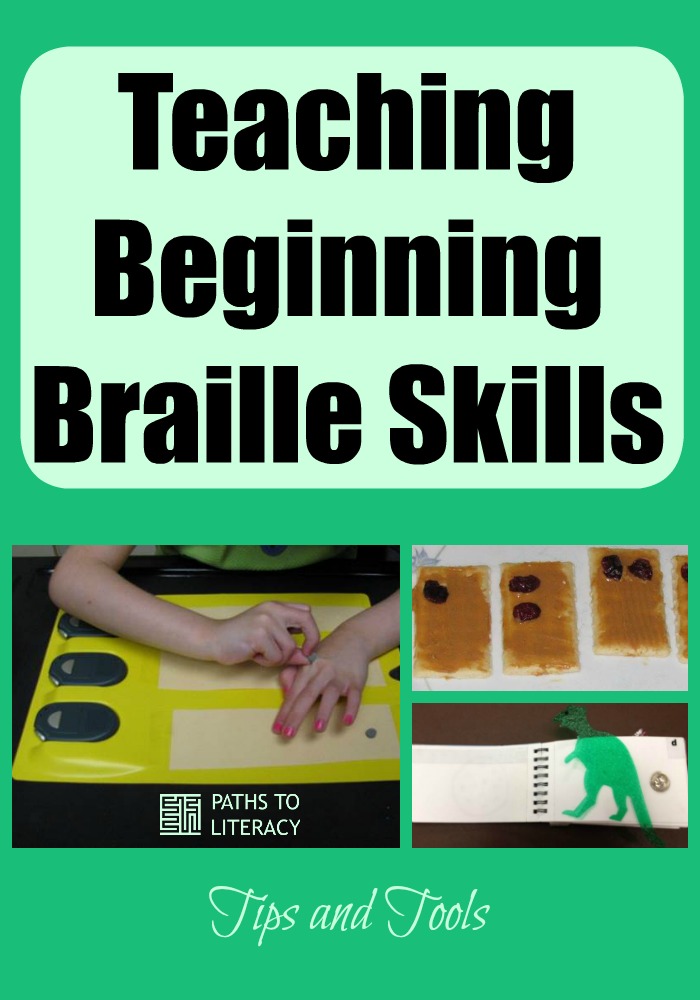

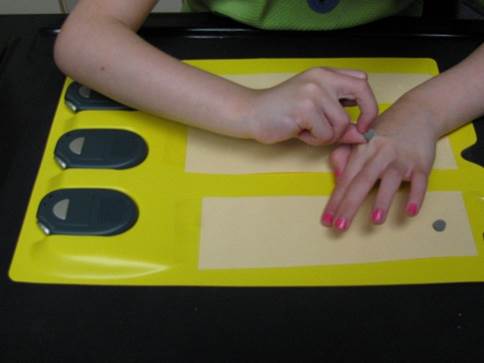
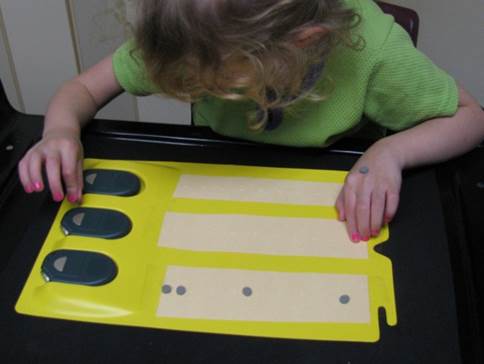
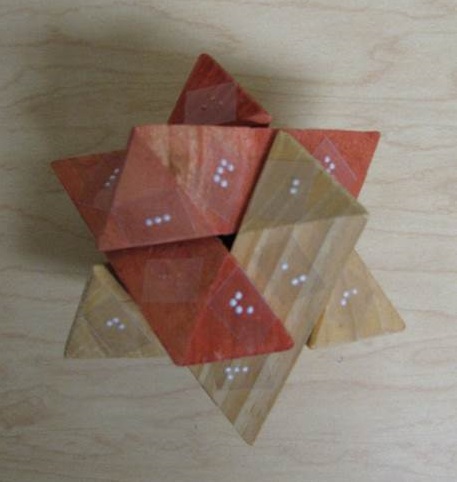
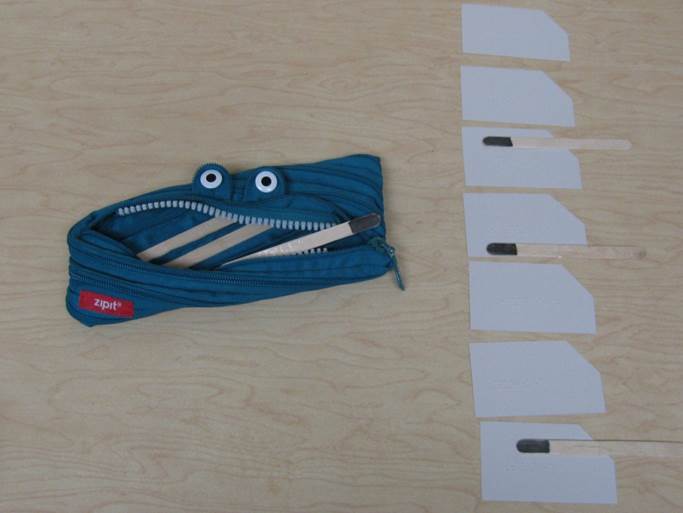
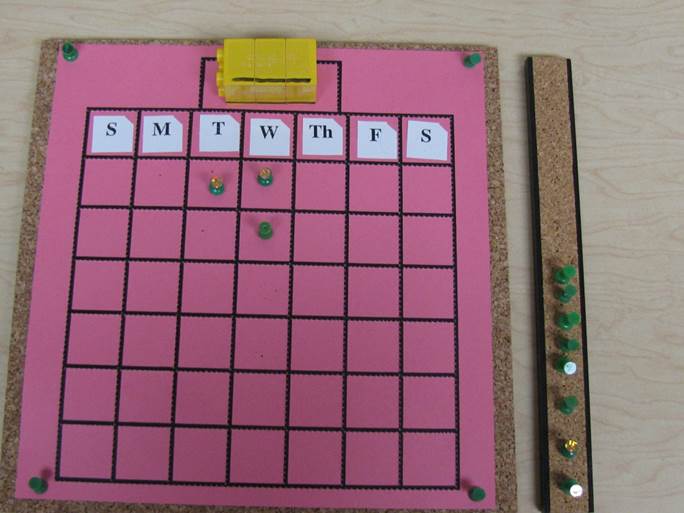
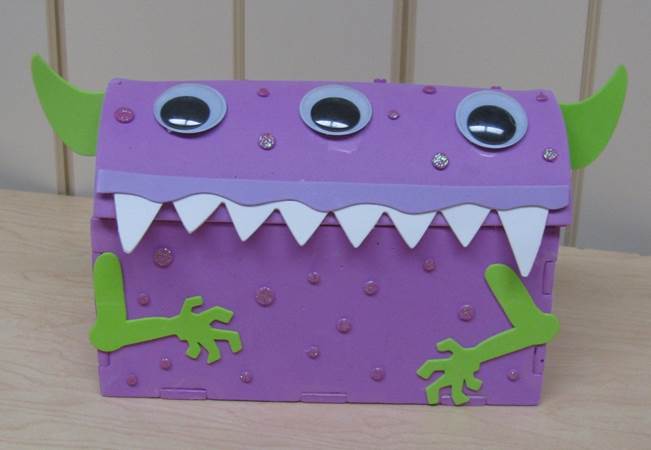
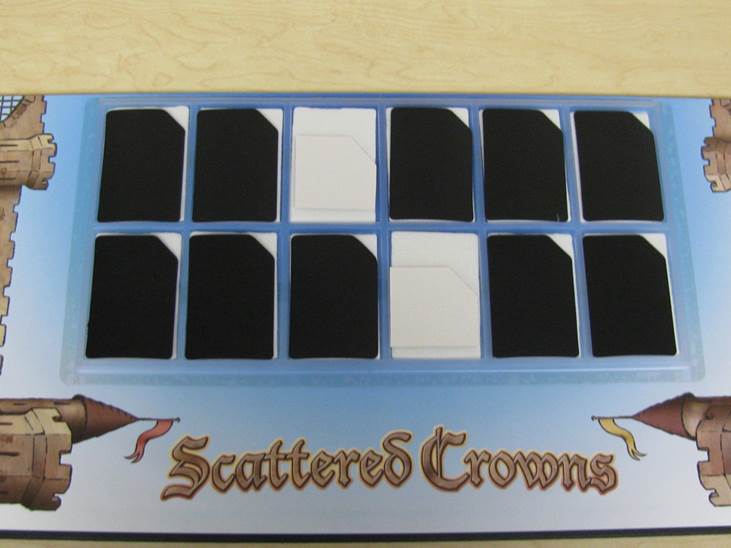
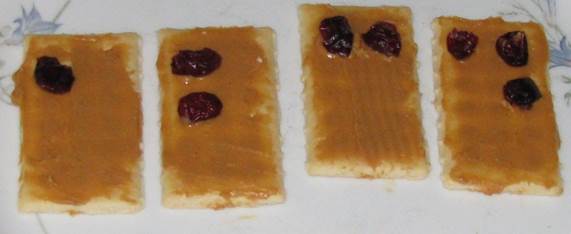
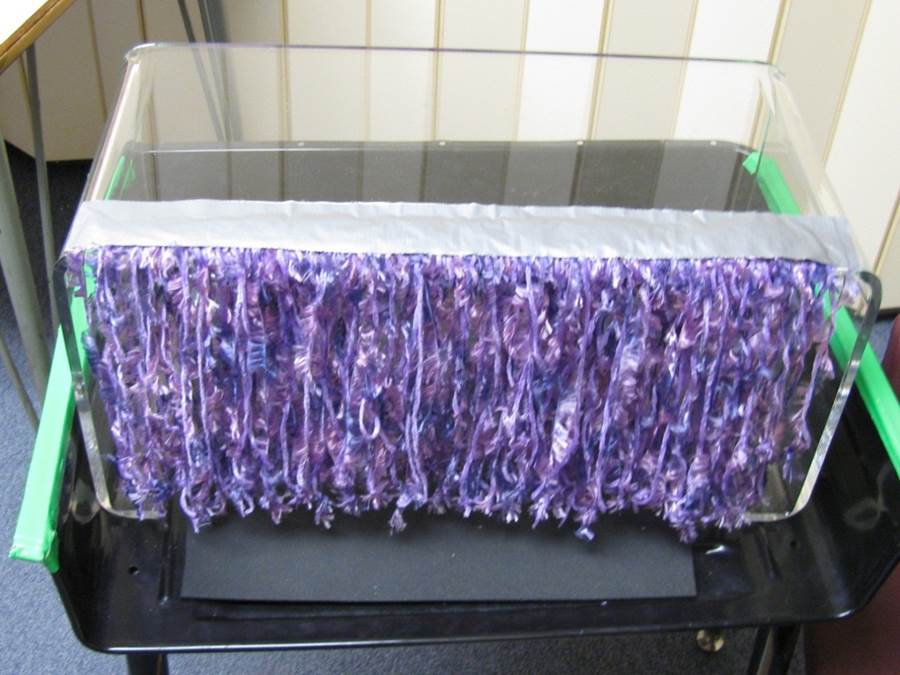

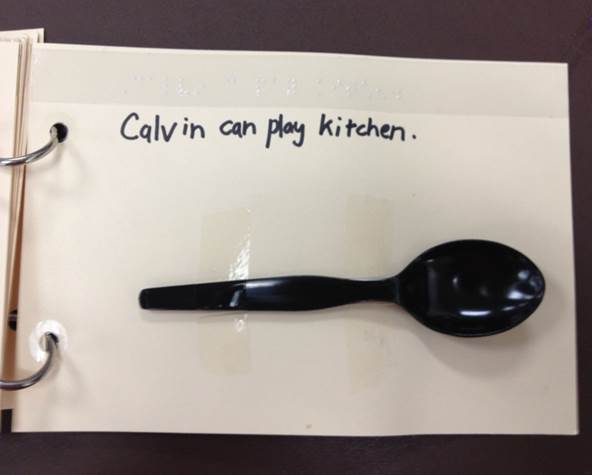
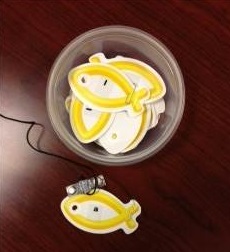
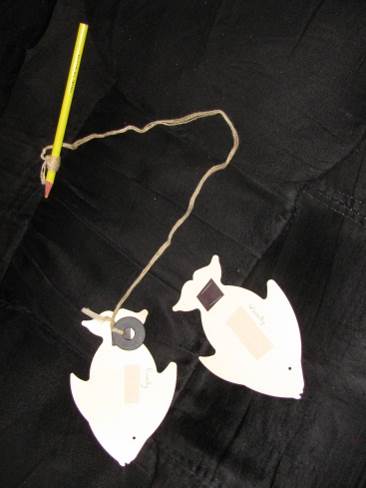
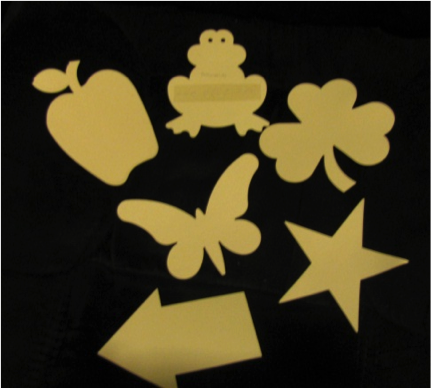
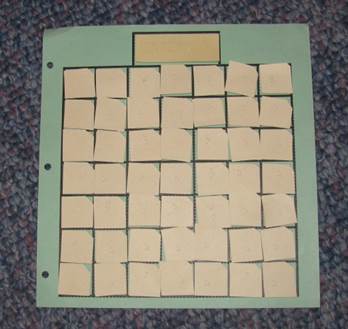
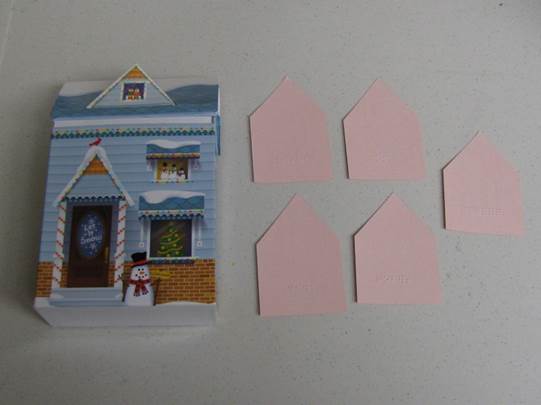

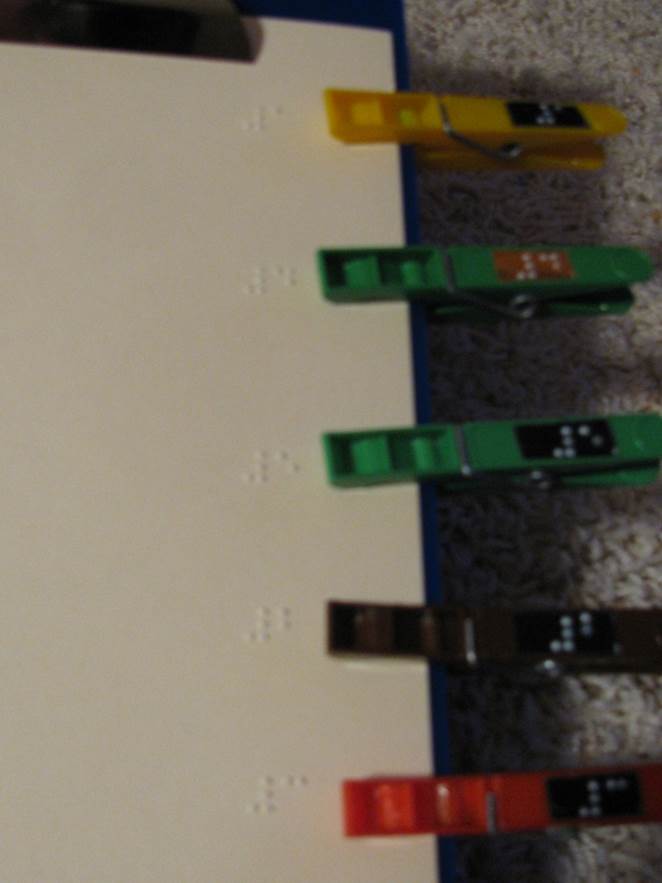
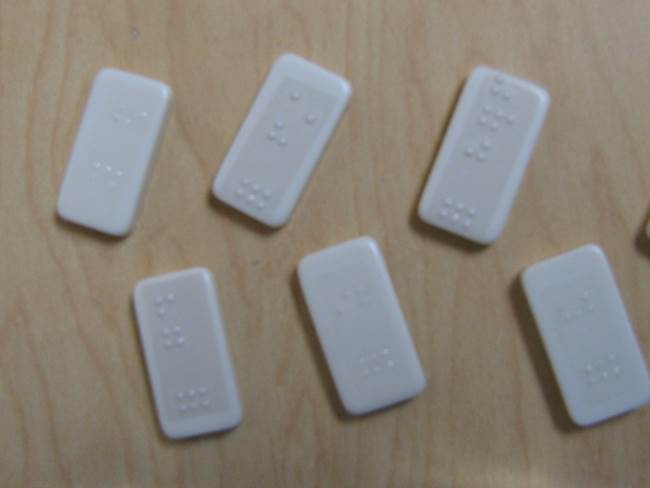
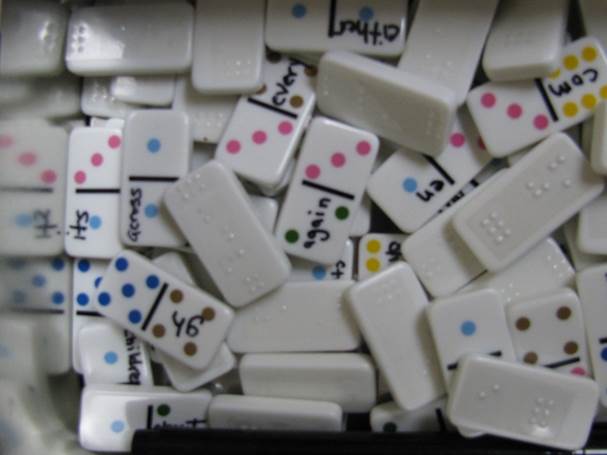

Comments
Tips for Older Students and Grownups Learning Braille
Tips for Older Students and Adults Who Are Just Learning Braille
Teaching Braille Skills